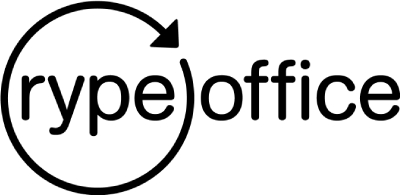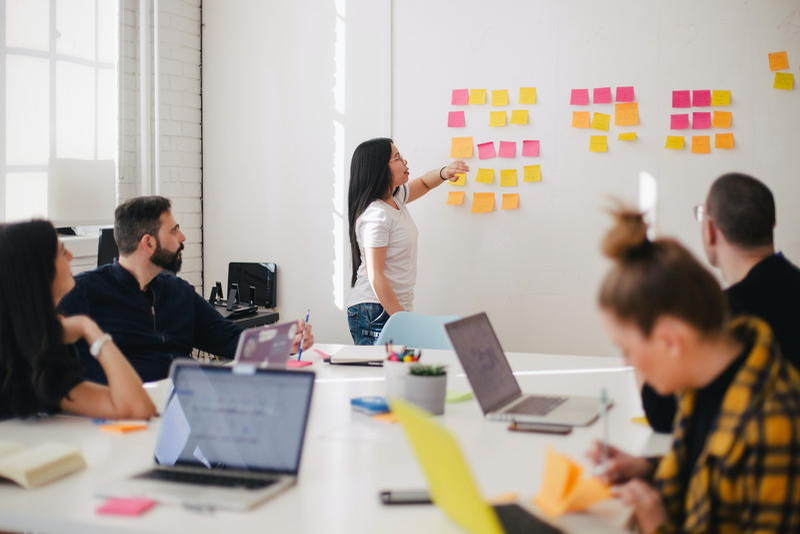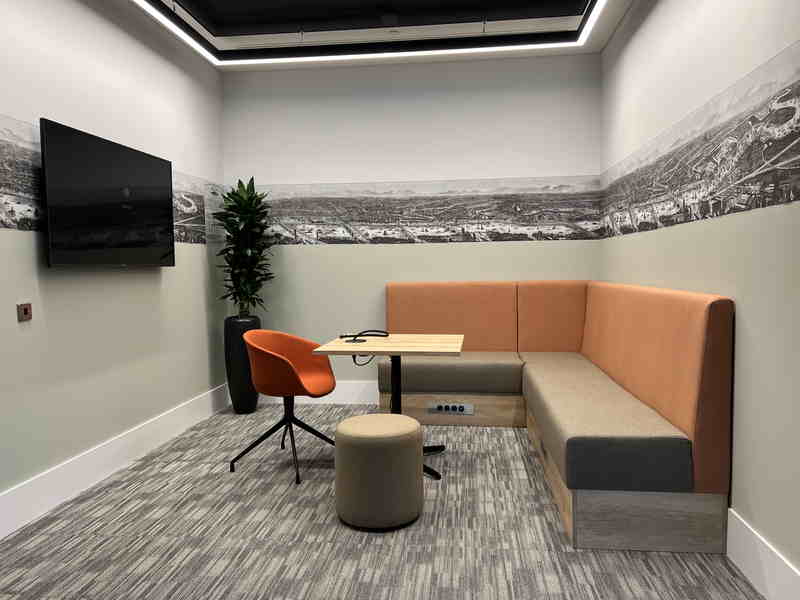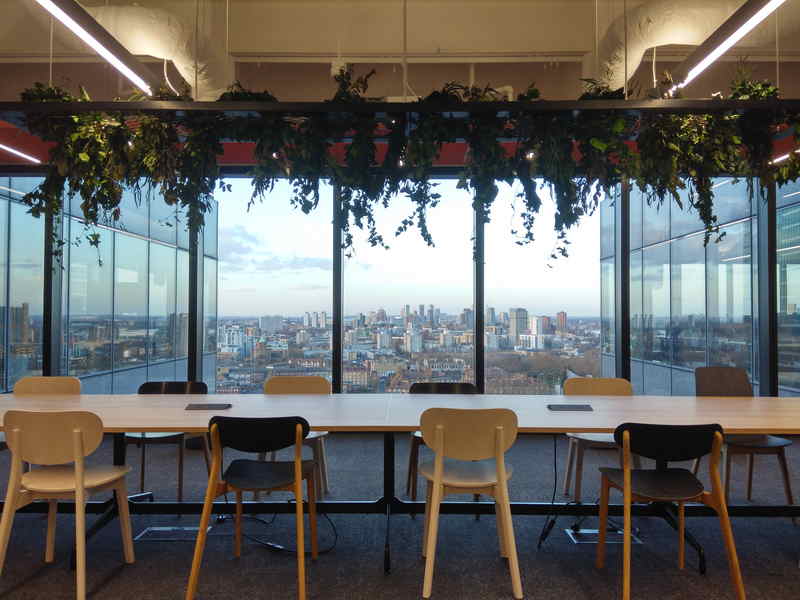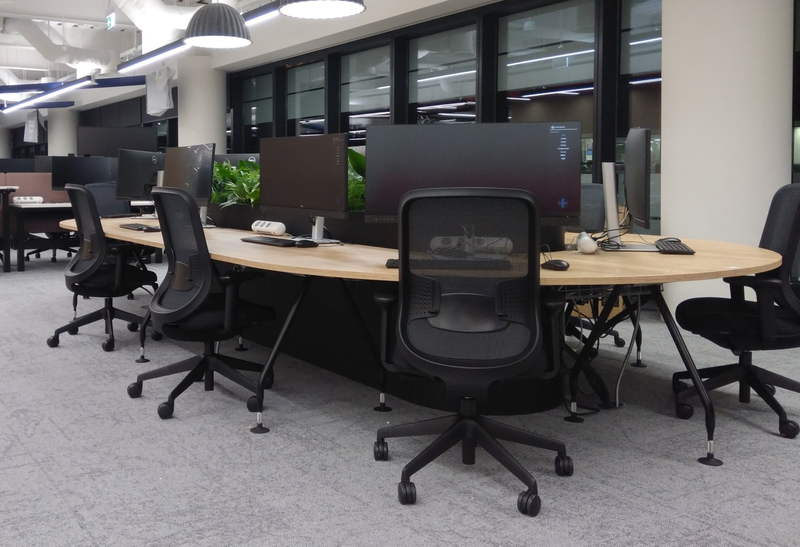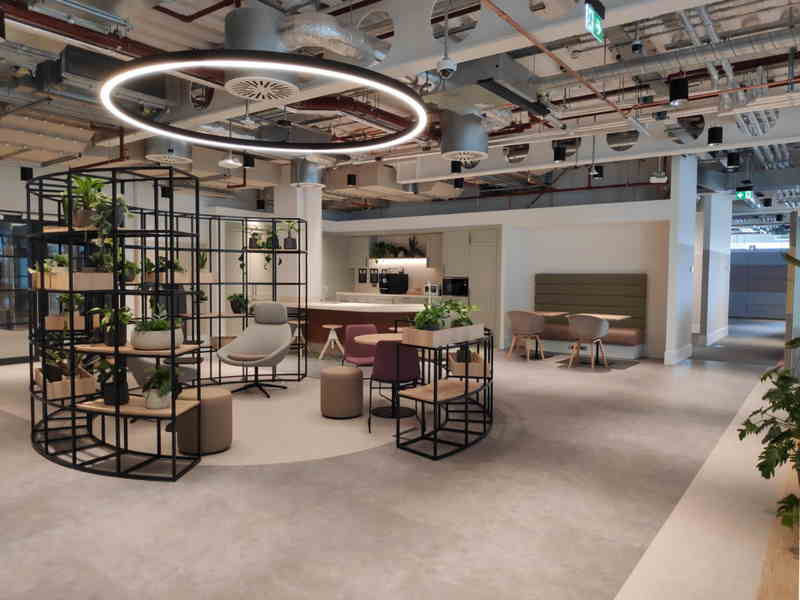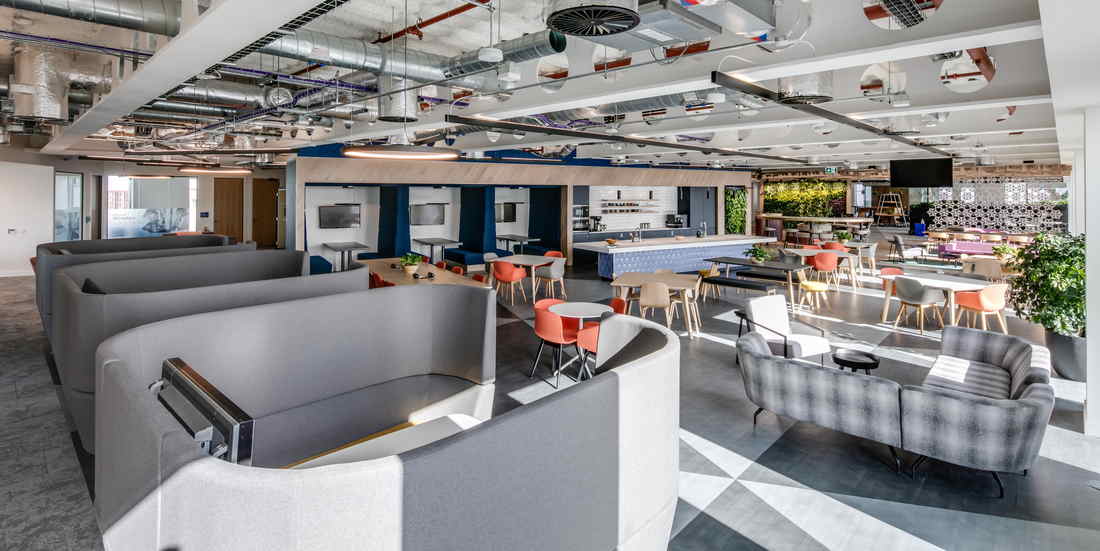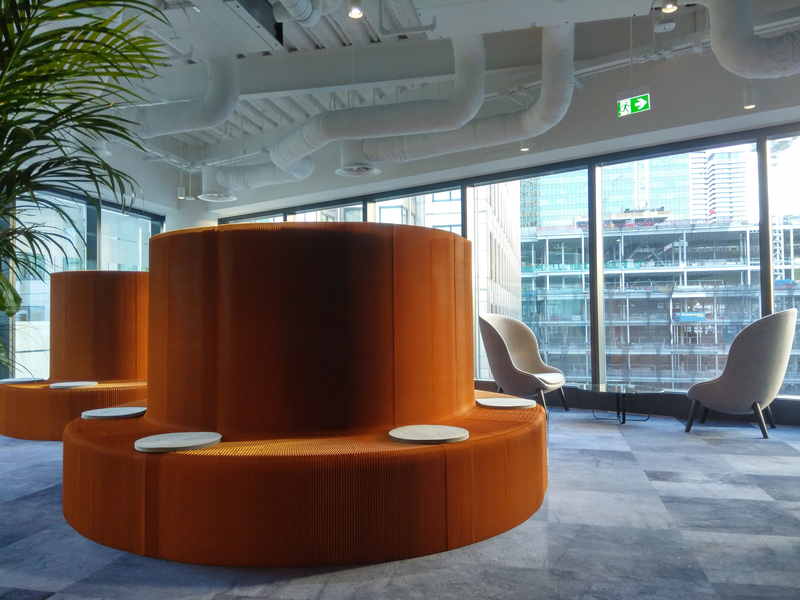Employers world-wide are wanting staff to return to the office for a range of good reasons, including retention, collaboration, idea generation, learning and connection with the culture and values of the organisation.
Here are the top five methods being employed to attract staff into the office:
1. Think private members club
Think of your office as a trendy private members club (like Soho House, not some old stuffy Pall Mall establishment) – but with membership is for staff only. Modern clubs like Soho House see a lot of business done as relationships are developed, new ideas discussed and collaborations forged – exactly the sort of behaviours wanted from staff.
Of course, this requires a change in your office design, but with fewer staff working from the office, the opportunity exists to remove a proportion of the desks and replace them with more relaxed breakout and other settings.
Private members clubs are attractive, aiming to entice members and their guests to spend time enjoying the amenities in a relaxed and welcoming environment.
Thinking like a club about member services is leading to the creation of IT service bars located in high-traffic breakout areas, service teams managing facilities, and reception teams with polished personalised welcome routines.
The club experience helps to build a sense of belonging and loyalty amongst staff, as well as rethinking how the organisation interacts with staff.
2. Enable different styles of working
With staff doing much of their individual desk work at home (which may be the most efficient place to do it), offices must now cater to other styles of working, such as casual conversations, teamworking, innovation workshops, drop-in agile working, quiet reflection, and experiential learning. If these can be done better in the office than any other location, staff will come to the office.
A range of new office settings have emerged to accommodate these, examples of which are shown to the right.
3. Embody your values in your office
Nowadays, many staff join organisations because of their purpose and values (and leave because they have disconnected due to remote working).
Since COVID, there has been a strong trend to use the office as a physical embodiment of the organisation’s values.
For example, if you have strong sustainability commitments, your office should have a low carbon footprint and demonstrate it is part of the solution to environmental concerns. Organisations are choosing post-consumer waste plastic tables, chairs made from recycled textiles like business suits, remanufactured ergonomic desk chairs and reupholstered soft furniture from companies like Rype Office.
These choices reduce carbon emissions, reduce waste and connect with staff (and visitor/candidate values). Further, they are being explicitly called out with explanatory signage and explained to visitors and new staff by the reception team.
By comparison, having staff sitting on single-life, poor ergonomic furniture made in a sweatshop in Asia is a poor reflection of an organisation and its commitments to staff wellbeing, the environment and society.
Some organisations moving towards the Circular Economy are choosing remanufactured office furniture to show their staff what is possible and inspire their research activities.
4. Wellbeing
Enabling staff to ride to work (with bike racks and showers), healthy snack and beverage options, wellness rooms, prayer rooms, ergonomic furniture, appropriate lighting, noise management, high air exchange rates and plants are now a given for any new office fit-out.
Plants, for example, offer a range of desirable attributes, including:
- Absorbing toxic Volatile Organic Compounds (VOCs) and moving them to the roots, where microbes break them down. NASA research showed that, over a 24-hour period, indoor plants can remove up to 87 per cent of air toxins.
- Releasing phytochemicals that suppress mould spores and bacteria by as much as 50 to 60 per cent.
- Regulating humidity, releasing about 97 per cent of the water they absorb, which is good for human health, especially in winter when central heating sucks moisture from circulating air.
- Productivity improvement thanks to biophilia – humans’ innate tendency to seek connection with nature. In 2014, for example, a team of psychologists from Exeter University found that adding even a few indoor plants to the workspace enabled employees to become 15% more productive. The benefits were clear: employees felt better and, as a result, their performance in memory retention and other basic tests improved substantially.
5. ‘Surprise and delight’ at the office
Organisations are enhancing the attractiveness of offices with a range of services and occasions that make staff feel special and valued, some of which also encourage staff to stay in the office longer – a concept called ‘dwell time’ used by the retail sector.
Sharing a calendar of these enables staff to plan more trips to the office. And keeping some as unannounced surprises rewards frequent office attendance.
Examples of services and occasions include:
- Exercise classes/yoga
- Team-building events
- Healthy food on-site (can nowadays be done with serviced vending machines)
- Team lunches
- Best practice sharing
- Meet the CEO
- All-hands meetings
- Product days (e.g. trialling new products or sharing case studies)
- Bike maintenance/repair
- Swap market for staff to share unwanted goods
- At-desk shoulder massages
The office design needs to accommodate these.
It is clear that office design is a vital part of attracting staff into the office. Designers must be able to assist clients to create new authentic spaces and settings for offices based on a full understanding of the organisation’s personality, culture, values and vision. And designers must be able to add economic, environmental and social value for clients. Choosing the right designer is more important than ever.
Originally published by, and reproduced with the permission of, Nezo Interiors, the Net Zero Carbon Interior Design specialist. Chapeau Nezo.
